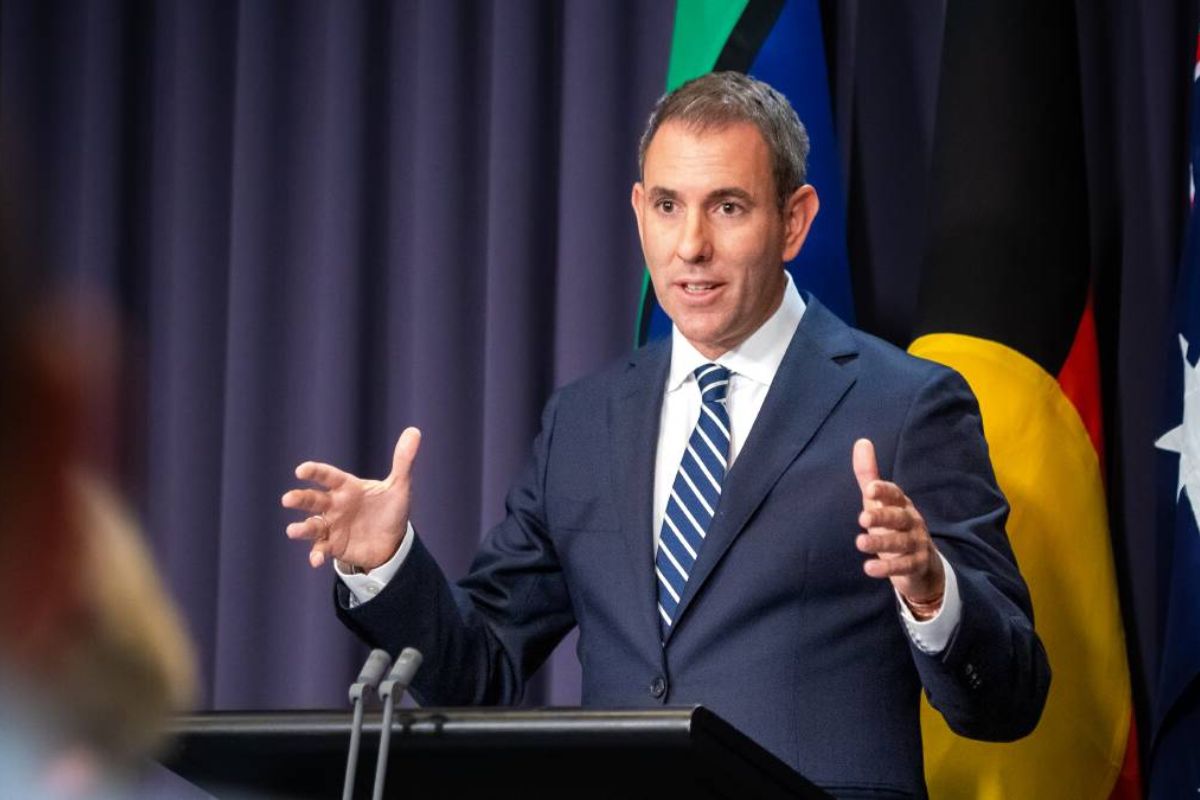Australian inflation hit a nearly two-year low, marking a significant slowdown to 4.3%. These figures reveal a concerning trend that demands attention and analysis.
While some may view this as a positive development, suggesting potential relief for consumers and businesses, it is crucial to delve deeper into the factors driving this decline and consider the long-term implications.
In this discussion, we will explore the trimmed mean and core inflation data, examine market expectations and the disinflation narrative, assess the impact on currency and futures markets, and analyze the Reserve Bank of Australia’s response to this economic challenge.
By understanding the complexities behind this slowdown, we can gain valuable insights into the trajectory of the Australian economy and its potential ramifications for various stakeholders.
Key Takeaways
- Australian inflation reached a nearly two-year low of 4.3% in November.
- Trimmed mean inflation fell to 4.6% and core inflation declined to 4.8%, indicating weakening underlying inflationary pressures.
- The slowdown in inflation could reduce pressure on the Reserve Bank of Australia to raise interest rates.
- The market expects the RBA to take alternative measures to stimulate inflation and support economic growth.
What is Australia’s low inflation goal?
Australia aims to maintain annual consumer price inflation between 2 and 3 percent, on average, over time. This is gauged by the percentage change in the Consumer Price Index (CPI).
What is causing Australia inflation rate?
Elevated inflation outcomes in Australia stem from various factors, such as supply challenges linked to the conflict in Ukraine, global disruptions in supply due to the COVID-19 pandemic, and domestic supply interruptions caused by adverse weather conditions.
Also Read: Australian Sales Skyrocket 2% on Black Friday Shopping Spree
Australian Inflation Hits Two-Year Low
Australian inflation reached a nearly two-year low, marking a significant shift in inflationary trends, according to data from the Australian Bureau of Statistics. The monthly Consumer Price Index (CPI) rose at an annual rate of 4.3%, the slowest pace since January 2022. This deceleration comes as a surprise to market expectations, falling short of the anticipated 4.4%.
The data suggests that the Australian economy may be experiencing a slowdown in price growth, indicating potential economic headwinds. This slowdown in inflation could have far-reaching implications for monetary policy decisions, as it may reduce pressure on the Reserve Bank of Australia to raise interest rates.
Investors and economists will be closely monitoring the next inflation reports to assess if this trend continues or if it is merely a temporary deviation from the broader inflationary environment.
Trimmed Mean and Core Inflation Show Significant Declines
Are we witnessing a significant decline in trimmed mean and core inflation? The latest figures reveal a substantial drop in these key measures, indicating a potential slowdown in consumer prices. Here are four important takeaways:
- Trimmed mean inflation has fallen to an annual rate of 4.6%, down from the previous month’s 5.3%. This suggests that underlying inflationary pressures are weakening.
- Core inflation, as measured by the CPI excluding volatile items and holiday travel, has also shown a notable decline to 4.8% from 5.1%. This indicates that price increases are moderating.
- These declines in core measures provide valuable insights into the true dynamics of consumer prices. They reveal that inflationary pressures may not be as strong as previously thought.
- The implications of these declines on monetary policy and market expectations cannot be ignored. Policymakers and investors will need to carefully assess the impact of these lower inflation figures on their decision-making processes.
Market Expectations and the Disinflation Narrative
The current trend of softer-than-expected inflation aligns with market expectations, setting the stage for considerations on future Reserve Bank of Australia (RBA) actions and potential adjustments to interest rates. As the table below illustrates, the fall in the trimmed mean and core measure below 5% confirms the prevailing disinflation narrative. This insight into market sentiment highlights the cautious approach of the RBA in its pursuit of price stability.
The central bank must carefully evaluate the impact of these low inflation figures on the overall economy and the effectiveness of its monetary policy measures. With interest rates already at record lows, the RBA may need to explore alternative tools to stimulate inflation and support economic growth. Market participants eagerly await the central bank’s next move, as it navigates the delicate balance between achieving its inflation target and safeguarding the Australian economy.
| Measure | Previous Month | Current Month | Difference |
|---|---|---|---|
| Trimmed Mean | 4.5% | 4.3% | -0.2% |
| Core | 4.6% | 4.2% | -0.4% |
| Headline CPI | 4.5% | 4.3% | -0.2% |
| Inflation Rate | 4.7% | 4.3% | -0.4% |
Impact on Currency and Futures Markets
Investor response to the latest inflation data had a relatively muted impact on currency and futures markets. While the Australian dollar remained flat at $0.6687, three-year bond futures experienced a slight drop of 3 ticks to 96.30 after the release. This suggests that the market’s reaction to the low inflation figures was not as dramatic as expected.
Futures markets are indicating that there is a minimal likelihood of the Reserve Bank of Australia (RBA) tightening policy further. In fact, there are only modest expectations of a 50-basis point easing throughout 2024. This indicates that investors are not anticipating any significant changes in monetary policy in the near future, as the RBA remains cautious amidst the slowdown in inflation.
RBA’s Response and Ongoing Challenges in Addressing Inflation
The Reserve Bank of Australia (RBA) faces ongoing challenges as they respond to inflation and its impact on the economy.
Despite the recent slowdown in inflation, the RBA cannot afford to be complacent. The central bank has already implemented several interest rate hikes to curb rising prices, but the effectiveness of these measures remains uncertain.
Governor Michele Bullock acknowledges the presence of homegrown and demand-driven price pressures, indicating that inflationary risks persist.
Balancing inflation and economic growth is a delicate task that requires careful monitoring of various indicators such as rents, utilities, and insurance costs.
The RBA must remain vigilant and proactive in addressing these challenges to ensure the stability and sustainability of the Australian economy.
Conclusion Of Australian Inflation
November’s inflation figures in Australia have revealed a significant slowdown, with the rate dropping to a nearly two-year low of 4.3%. This decline has been evident in both the trimmed mean and core inflation measures.
Market expectations and the overall disinflation narrative have played a role in this trend. The impact on currency and futures markets has been notable, and the Reserve Bank of Australia’s response will be crucial in addressing ongoing challenges in managing inflation.
Our Reader’s Queries
What is the current inflation rate in Australia?
The current inflation rate stands at 7%, which is a slight decrease from its peak of 7.8% in the December quarter of 2022. This official figure indicates the rate at which prices for goods and services are increasing in the economy. While the decrease is a positive sign, it is important to monitor inflation closely as it can have significant impacts on the overall health of the economy.
What is the present rate of inflation in the US?
Inflation has risen by 3.1% in November 2023 compared to the previous year. It’s crucial to comprehend the significance of inflation, its impact, and how to manage it while making financial choices. This knowledge can assist in making informed decisions and avoiding financial pitfalls.
Why is inflation so high?
As the job market became more competitive in 2021 and 2022, core inflation increased due to a rise in the ratio of job vacancies to unemployment. This ratio is a key indicator of wage pressures, which ultimately affect the prices of goods and services.
What is a healthy inflation rate?
As GDP grows over time, inflation can become a concern. If left unaddressed, it can escalate into hyperinflation. However, many economists believe that a modest inflation rate of around 2% annually can actually benefit the economy more than harm it.




